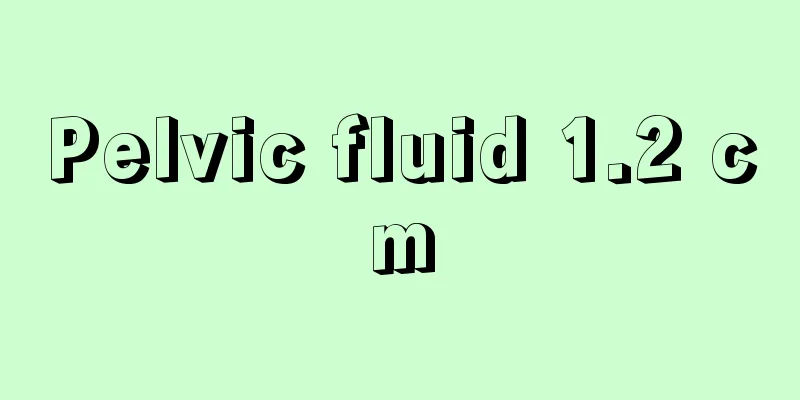Can women wear high heels after the full moon?

|
High heels are an everyday item that all ladies are familiar with. In fact, high heels were originally designed for men. However, with the development of society, high heels have become an indispensable part of women's dressing. High heels make women look particularly slim, so ladies love high heels. However, in our lives, we often see some women thinking about wearing high heels after a full month after giving birth. Some people say that this is not good for girls' health. So, can ladies wear high heels after a full month? If it is a natural birth, it is recommended to wear high heels after one month. If it is a caesarean section, it is recommended to wear high heels 4 months after delivery. The recovery of the uterus after caesarean section is slower than that of natural birth. Wearing high heels will inevitably cause the body to lean forward, which will increase the pressure on the pelvis. The two sides of the pelvis are forced to retract, which will inevitably affect the normal recovery of the uterus. When new mothers wear high heels, it will cause certain health challenges to women's joints, ligaments, tendons and other musculoskeletal systems. On the one hand, when wearing high heels, 60% of the body's weight needs to be supported by the forefoot. Over time, the pressure is concentrated on the toes, causing foot and ankle joint problems, including metatarsalgia, hallux valgus and ankle sprains. On the other hand, after wearing high heels, the pelvis tilts forward and the line of gravity moves forward. In order to maintain stability, it is necessary to adopt postures such as straightening the chest, lifting the buttocks, extending the waist, and slightly flexing the hips and knees to re-establish balance. However, due to excessive lumbar extension, the back muscles contract and tighten, the shear stress of the lumbar facet joints increases, and the joint capsule is in a tense state. If this continues for a long time, the back muscles, joint capsule and facet joints are prone to strain, resulting in back pain. At the same time, long-term walking with bent knees will shift the gravity line forward, which will change the load-bearing stress of the knee joint and make anterior knee pain and arthritis symptoms more likely to occur. Through the above introduction, experts have given the above explanation to the question of whether women can wear high heels after one month. The time to wear high heels should be determined by the way the mother gives birth. Natural childbirth can wear high heels earlier than caesarean section. Wearing high heels too early will cause certain damage to women's health. It is best to wait until the body has fully recovered before wearing high heels. |
<<: What to do if a woman has a headache during the confinement period
>>: Are women's emergency contraceptive pills effective?
Recommend
What causes nipple pain?
Breast pain is a common phenomenon in normal time...
Summer is coming, is it reliable to lose weight by sleeping?
Summer is coming, and losing weight is becoming a...
What harm does vaginitis do to the human body?
Due to the physiological characteristics of femal...
What should women drink to detoxify and maintain beauty?
Women often have tremendous psychological pressur...
How can we make the follicles develop normally?
Many women suffer from infertility for a long tim...
How to choose an electric balance scooter? What brands of electric balance scooters are there?
Electric balance scooters are becoming more and m...
What to eat to increase milk production?
After having children, mothers will focus a lot o...
My period has been delayed for 4 days.
Everyone's physique is different, especially ...
What is the effect of Chinese medicine conditioning for polycystic ovary syndrome?
Polycystic ovary disease has a great impact on th...
What is the difference between Mercedes-Benz GLA and GLB? What is the model of Mercedes-Benz GLA?
Anyone familiar with Mercedes-Benz knows that the...
Do I still need to do cervical cancer screening after getting the HPV vaccine?
Recently, the National Health Commission pointed ...
How many progesterone pills should I take a day to induce menstruation?
Lutein copper is a pure natural estrogen metaboli...
What is the reason for the yellowing of the leaves of the spathiphyllum? How to remedy the yellowing of the leaves of the spathiphyllum?
Pontedera is a plant that is often seen in life. ...
What is the pink discharge during ovulation?
Although the ovulation period is a very common ph...
Bright red blood in female stool without pain
With the continuous development of modern medical...









